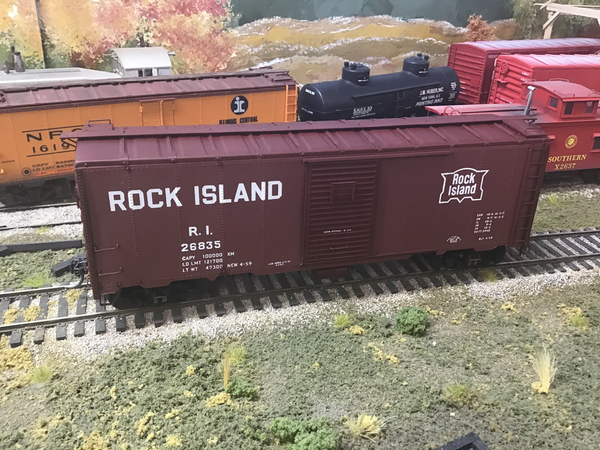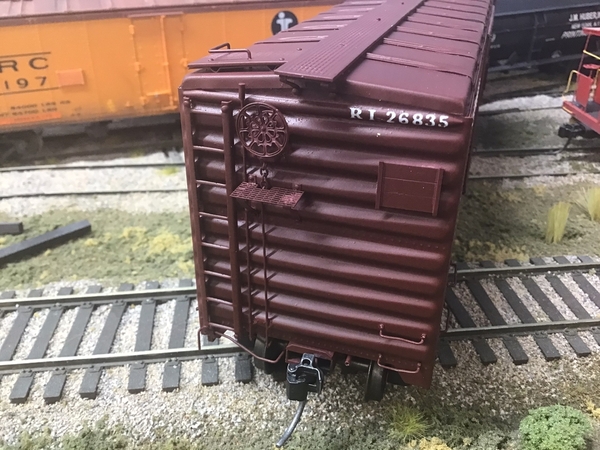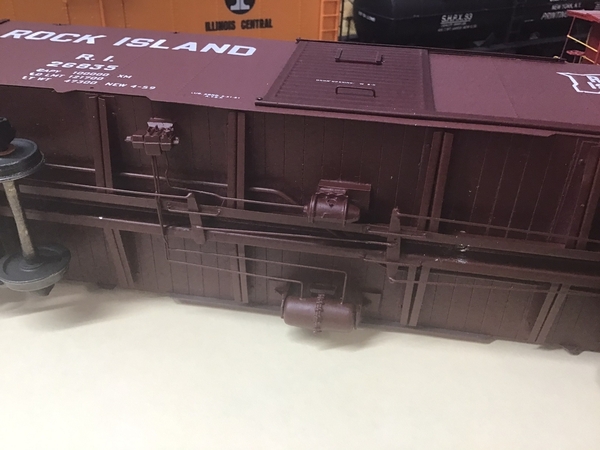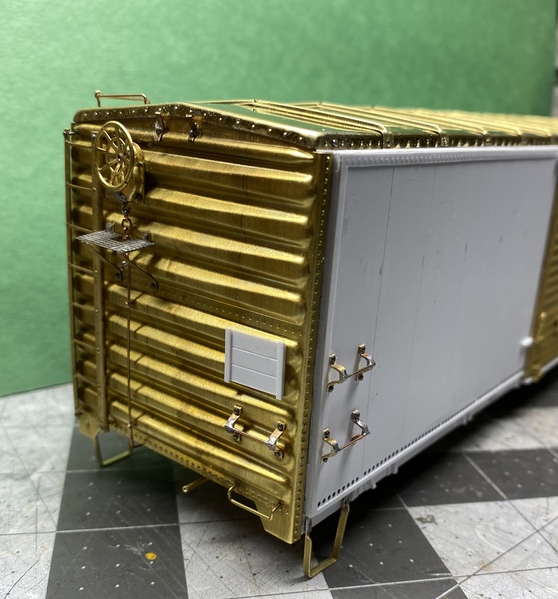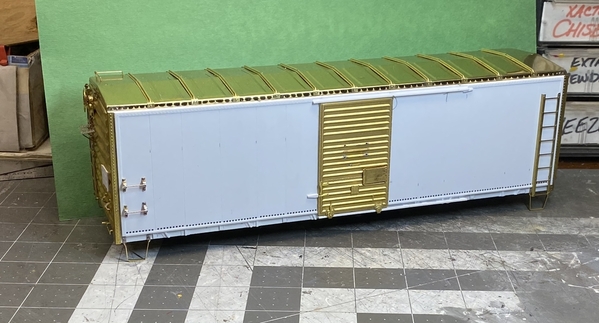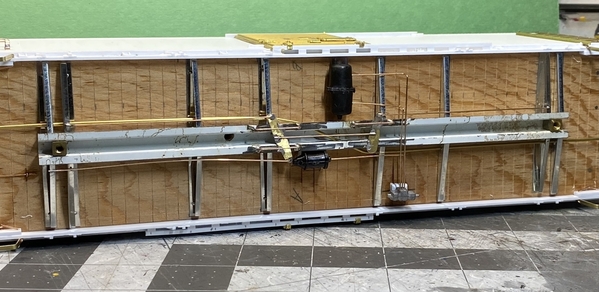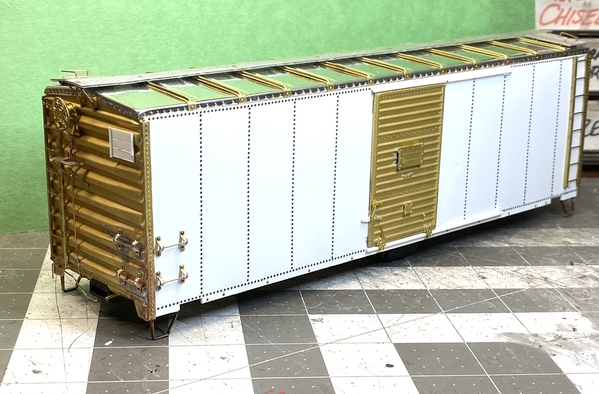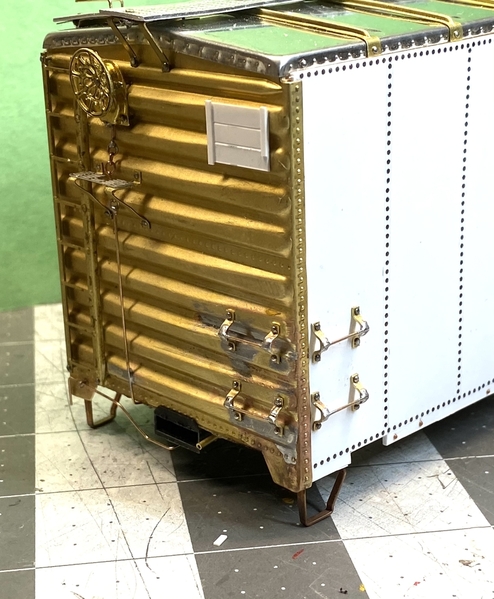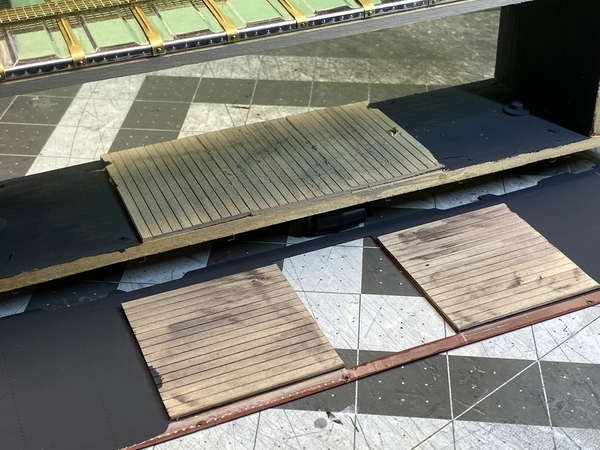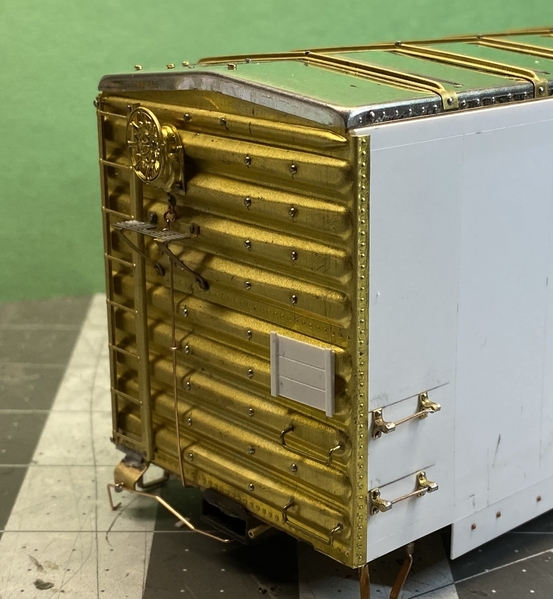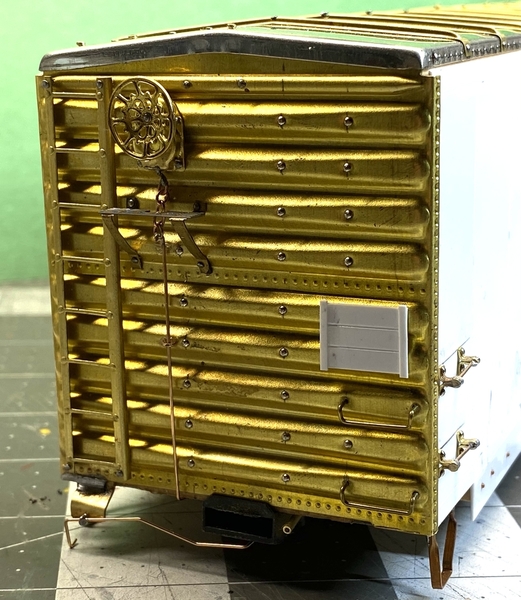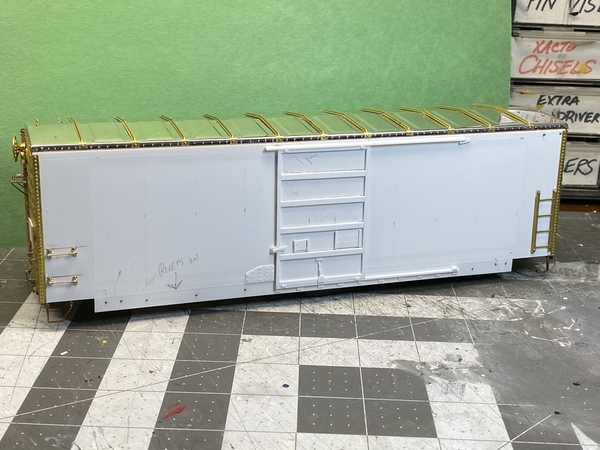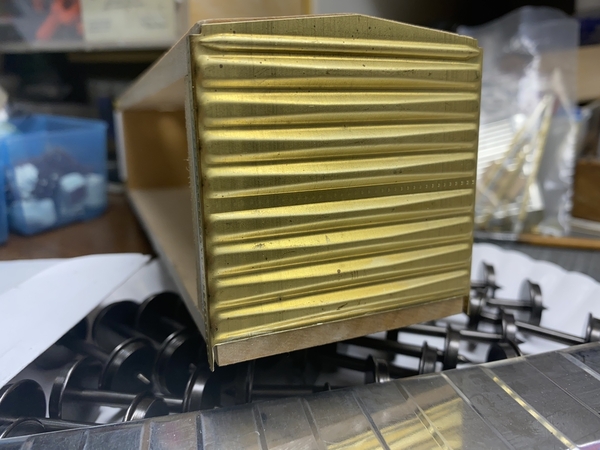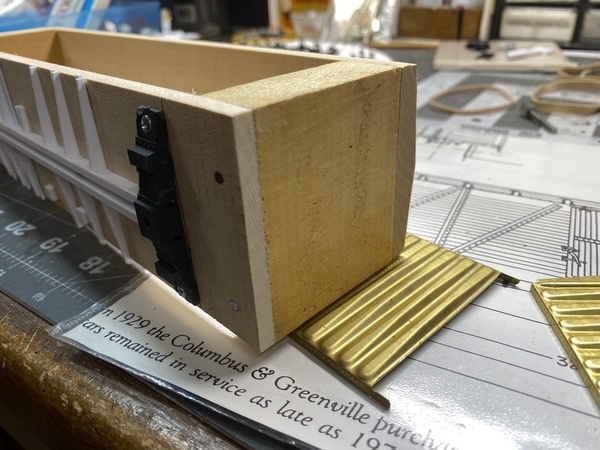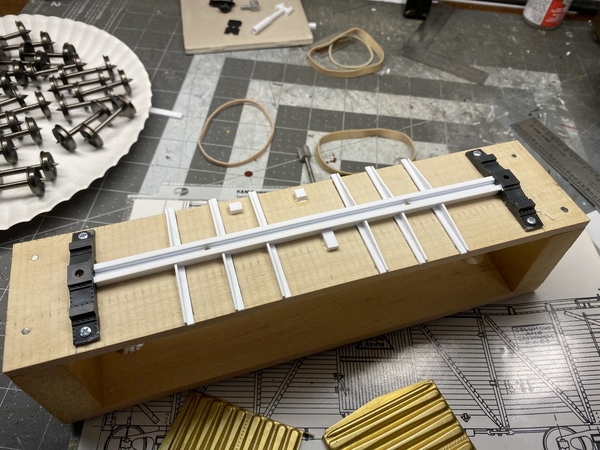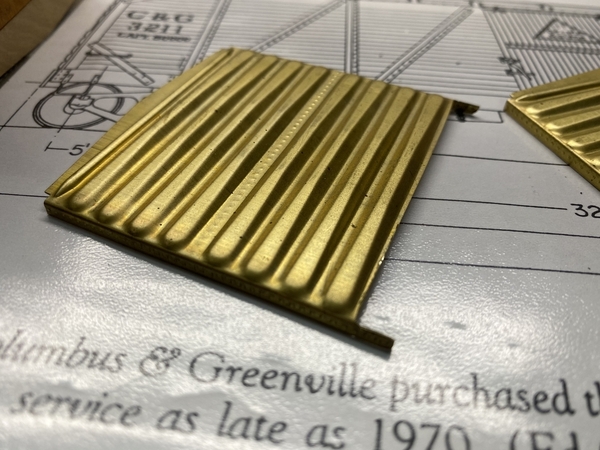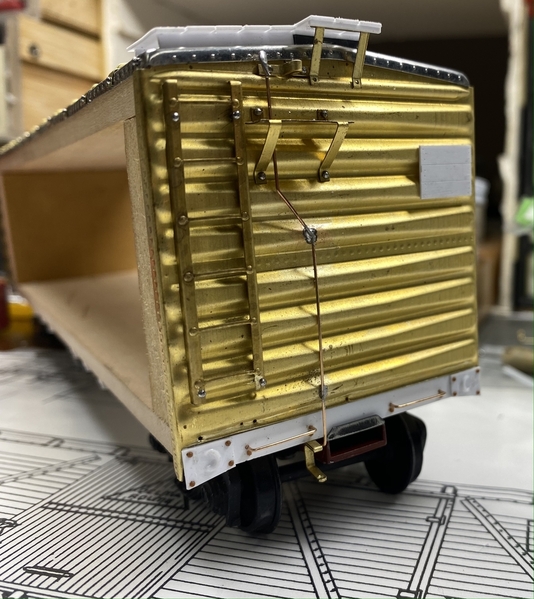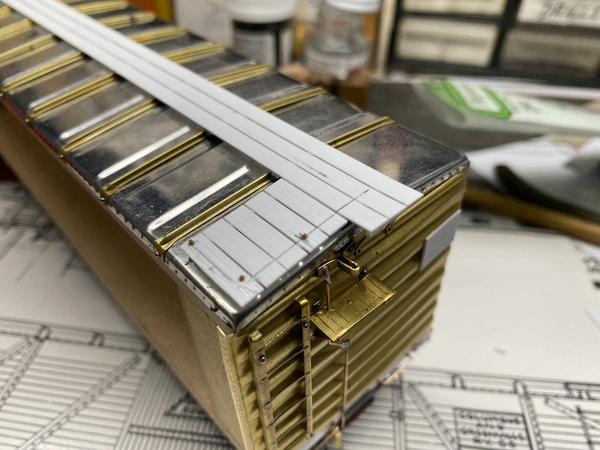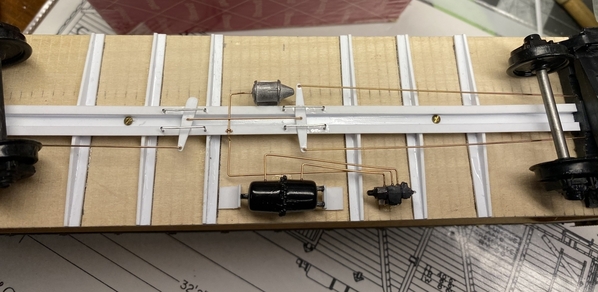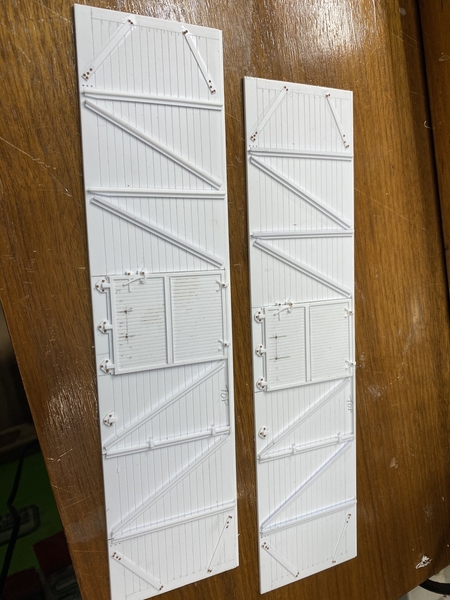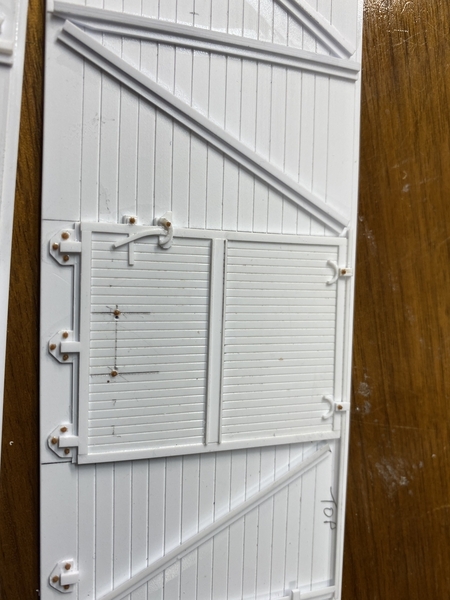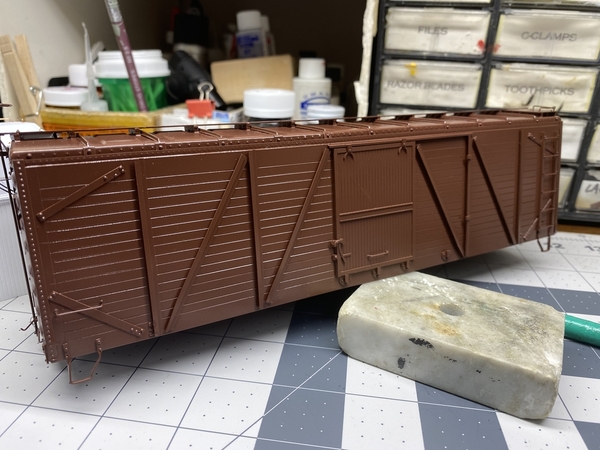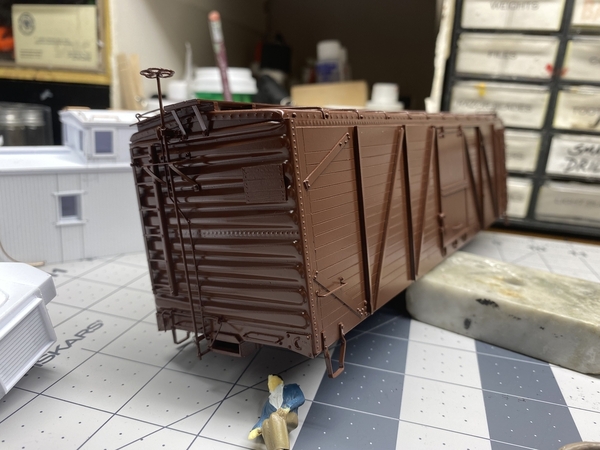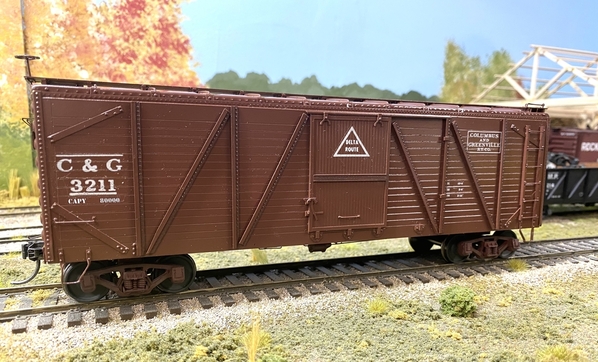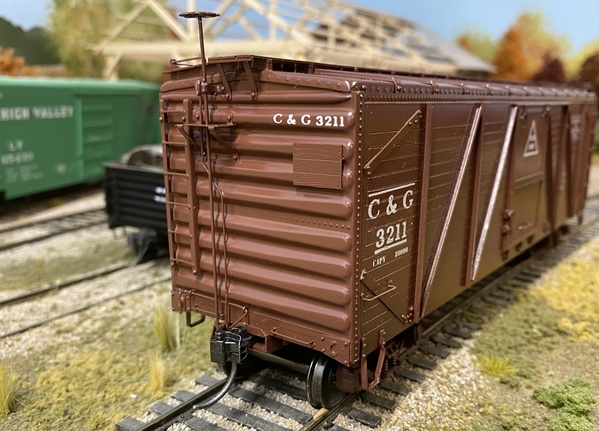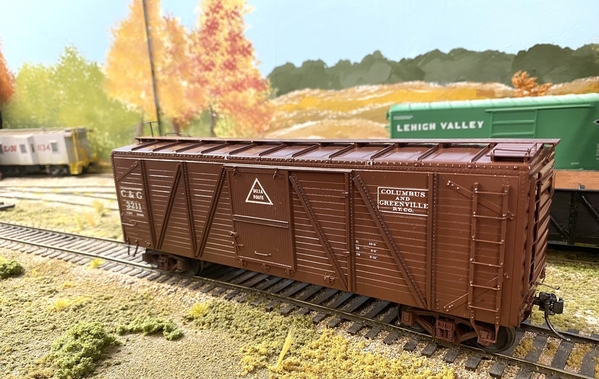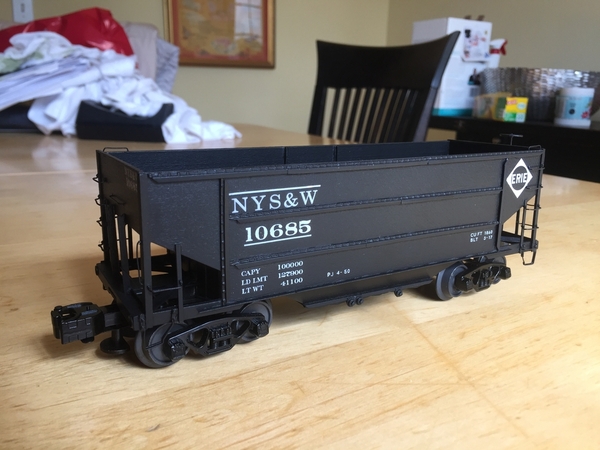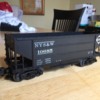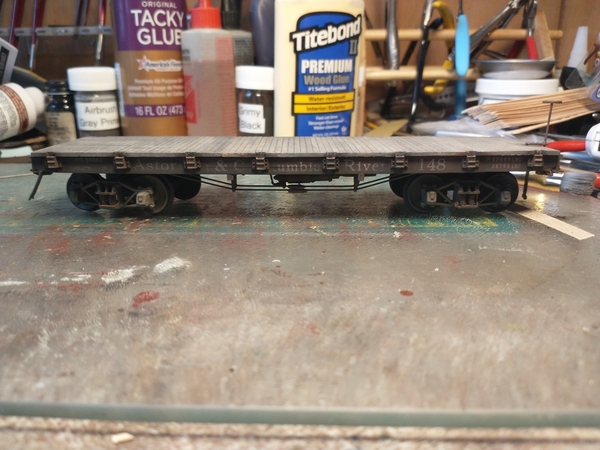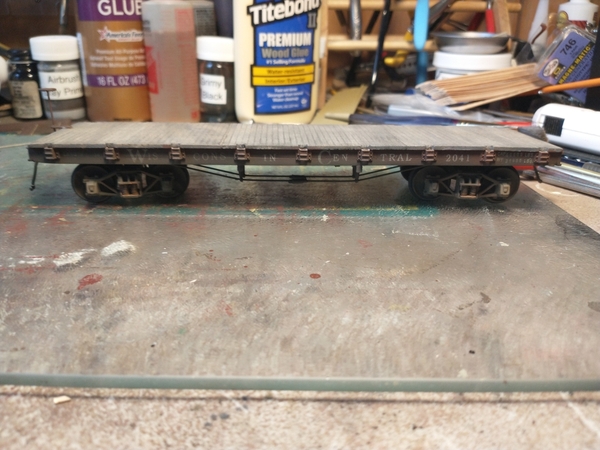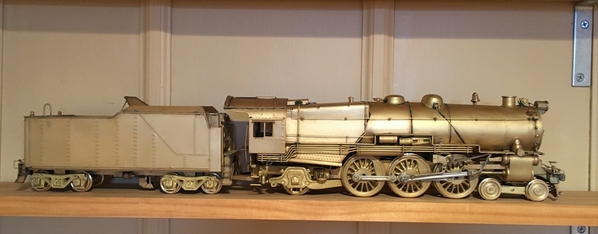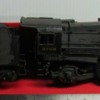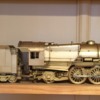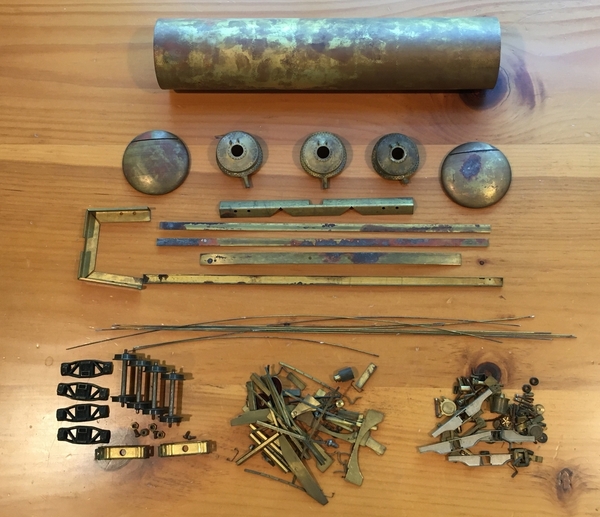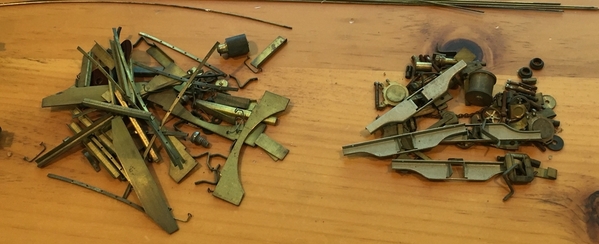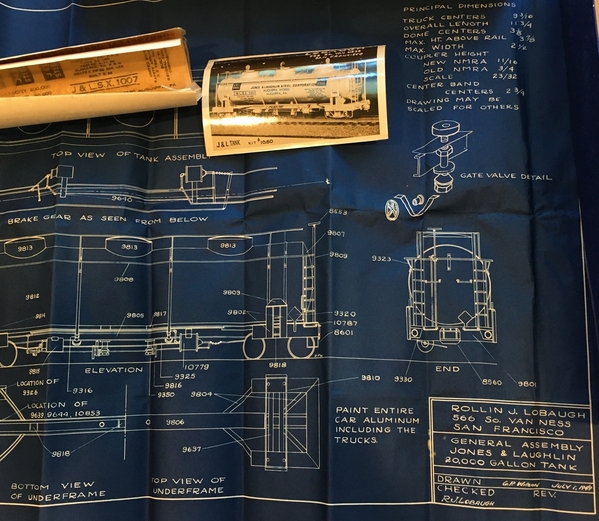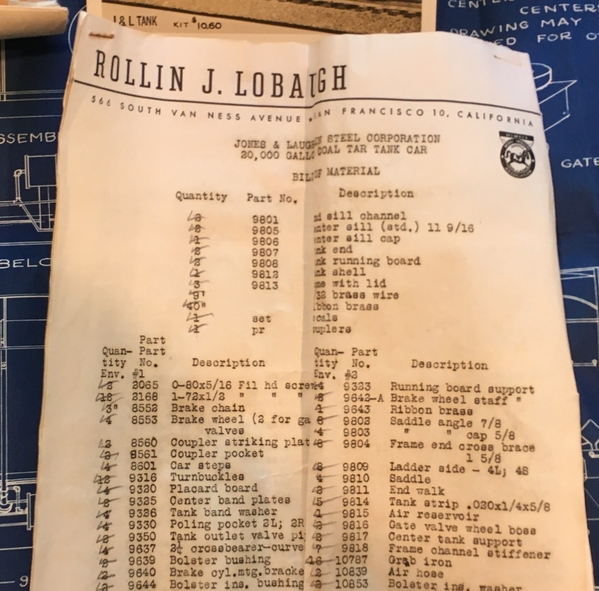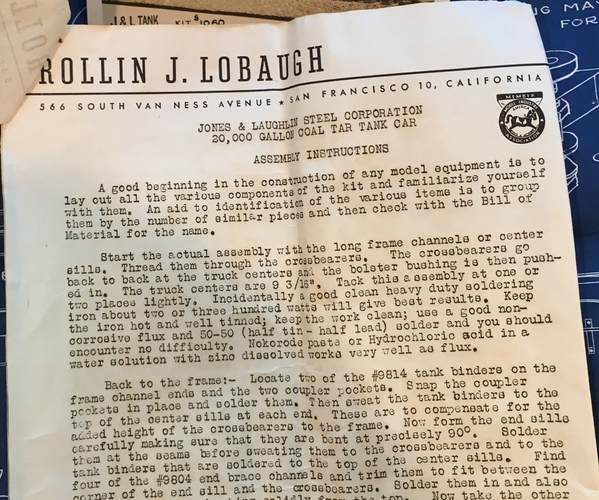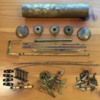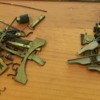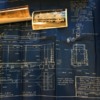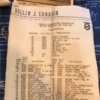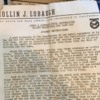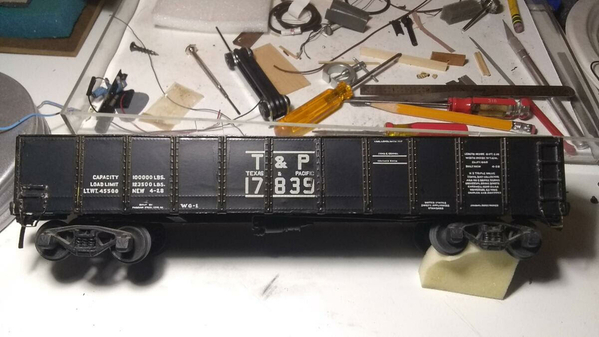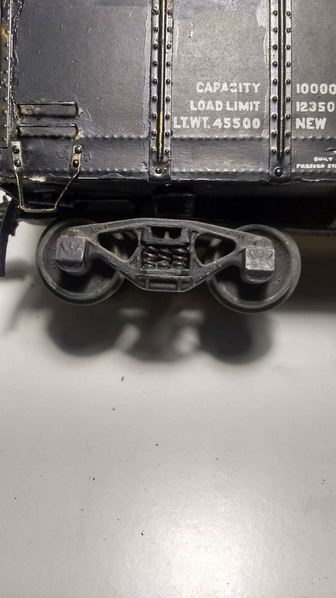Hi Jim-- Some discussion about muriatic acid vs hydrochloric, but it was my understanding that muriatic was essentially just diluted hydrochloric acid. The Muriatic dissolves the tarnish , but like rust, tarnish may leave a less than smooth surface . I have not encountered brass that was so badly tarnished that this was a consideration. The age and dilution of the acid will dictate how long you should dip just try it . It smells bad and must be done outdoors, but it does make the parts bright again. The acid must be washed of completely. If there were paint or other metals that cannot be separated , then media blasting would be in order (or stripping first) No dipping insulated drivers .
I use resistance , electric irons and torches. Brass cannot be heat hardened , it gathers hardness from working such as rolling. It can be softened by heating 500 F to 1200 F degrees. What Bob said was true, that over heating can cause the brass to go completely soft , but some of this is unavoidable unless using very low heat solder. But low heat solder is not the strongest . The old adage of using high heat solder to start and low to end will help prevent previous assemblies from re-kitting which sounds funny until you droop all your cab joints putting on the last grab iron (Don't ask) . But, I do like to have enough energy to heat and flow parts fast before the heat migrates and then quench with a wet rag. Pre-soldering has been most useful for me . Just coating a surface and even scarping excess away before joining and heating. Flames will always oxidize brass quickly. heat from back if possible, or reclean and start over if it burns -as soon as discoloration happens the chances of a good flow go way down. Some operations like bending caboose ladders require dead soft brass . a rule of thumb is a when carbon from a torch smudge burns off you are at about 700 F , and should be soft enough. I like steel wool too, but let's have everyone understand that steel wool is shipped after being sprayed with oil to prevent it from rusting and must be washed with acetone before some soldering or water based paint. You should have a rivet press, this adds a whole new dimension to upgrading these old kits and even can be used to go over weak rivet impressions . Finding small gauged solder is not that easy --I bought a ridiculously cheap wire drawing plate on Ebay , and not only now can make ALL the brass wire sizes I need , but I drew some solder through it and although not super easy, was able to take regular sized solder and make micro size --and best of all, you wind up with twice the length ! also, drawing brass wire through it straightens it out perfectly and even hardens it --I should have gotten one long ago ....
Regards, JJ












